How volunteers are rebuilding a lost railway
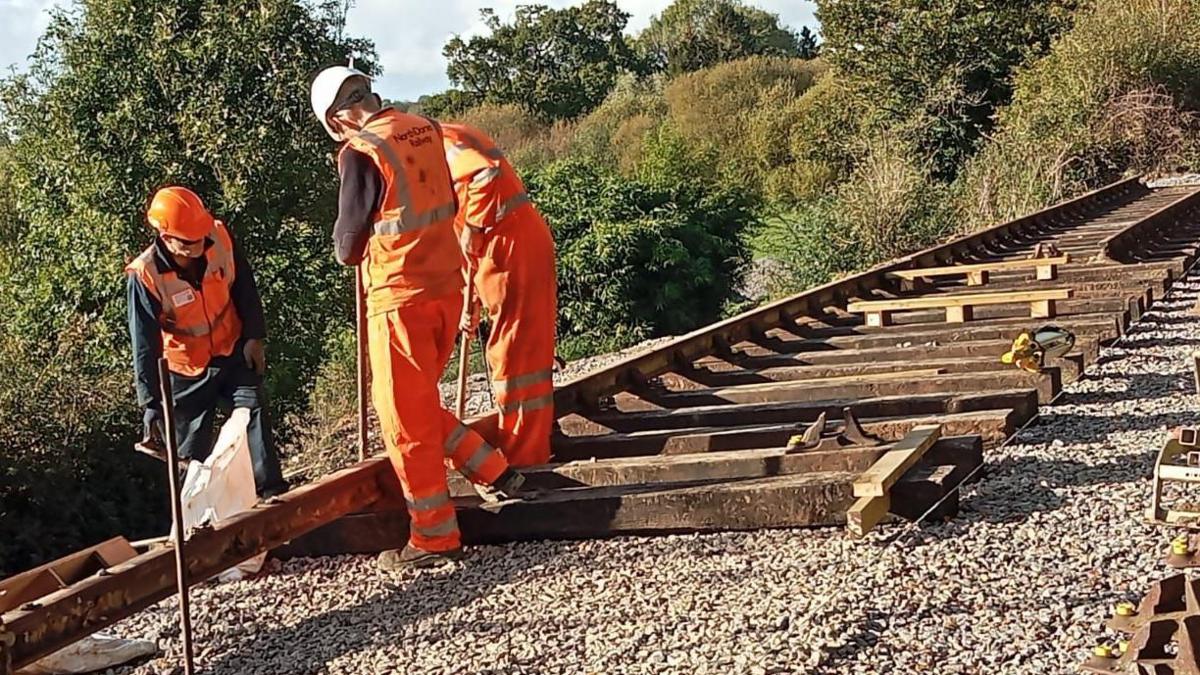
Volunteers began laying the track in the autumn
- Published
The rural railway station is surprisingly busy considering there has been no train service for nearly six decades.
Teaming with men in hi-vis overalls, an exciting development is taking shape.
A section of railway line at Shillingstone in north Dorset, ripped up in the 1960s, is being rebuilt.
The aim - to run passenger services and turn the static museum into a functioning railway.
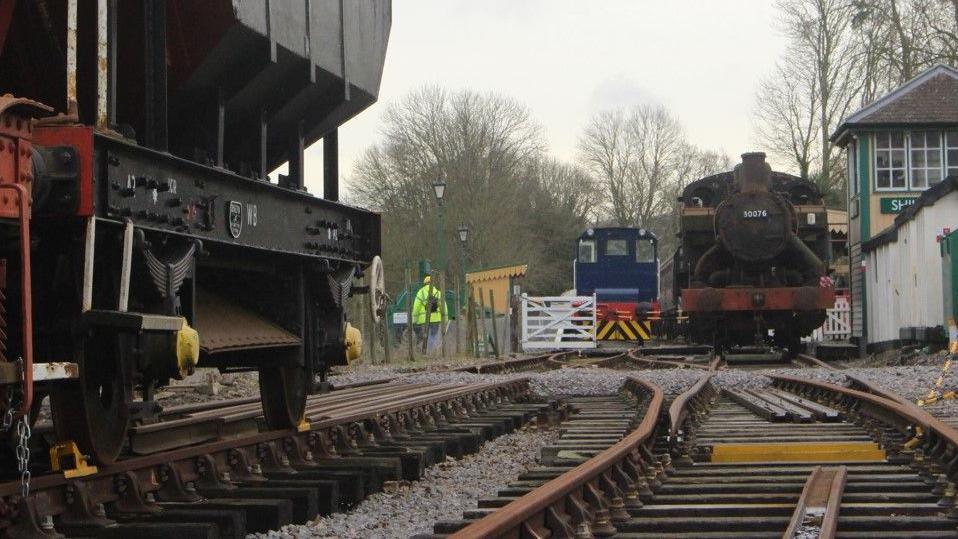
The attraction has grown since locals began restoring the station in 2005.
Following its closure in 1966, Shillingstone station fell into disrepair but, in 2005, a group of locals took on the lease and began restoring it.
Working in their spare time, volunteers repaired the platforms, re-laid the tracks and restored the dilapidated station building.
The old signal box, which had been demolished, was completely rebuilt, and by the late 2010s, stock began to arrive - wagons from Somerset and Dorset Railway Trust and, more recently, steam locomotives built in eastern Europe.
There are now 120 volunteers offering their time and expertise - doing everything from running the busy cafe to restoring the growing collection of heritage wagons.
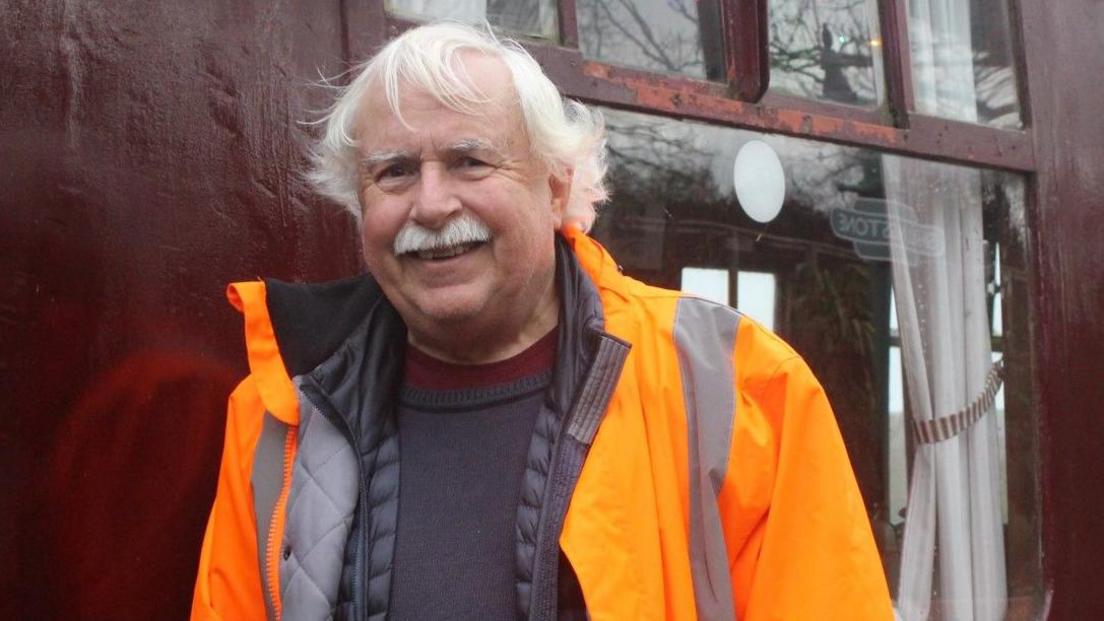
Phil Jacques said people had given up their time and expertise to help the project
"We don't have paid staff," said operations manager Phil Jaques, who is project managing the line extension.
"So you'll see people walking around with smiles because they don't have to be here - it's not like work."
With chartered civil engineers and rail consultants among their growing ranks of supporters - and many of the materials either reclaimed or donated - the group estimates the final cost of the line extension will be in the region of £65,000.
"If the people doing the work were employees, you could triple or quadruple that figure," said Mr Jacques.
"It's a funny old thing in heritage railways - all sorts of people are only too willing to give their help for free.
"There's been a lot of help from a lot of people."
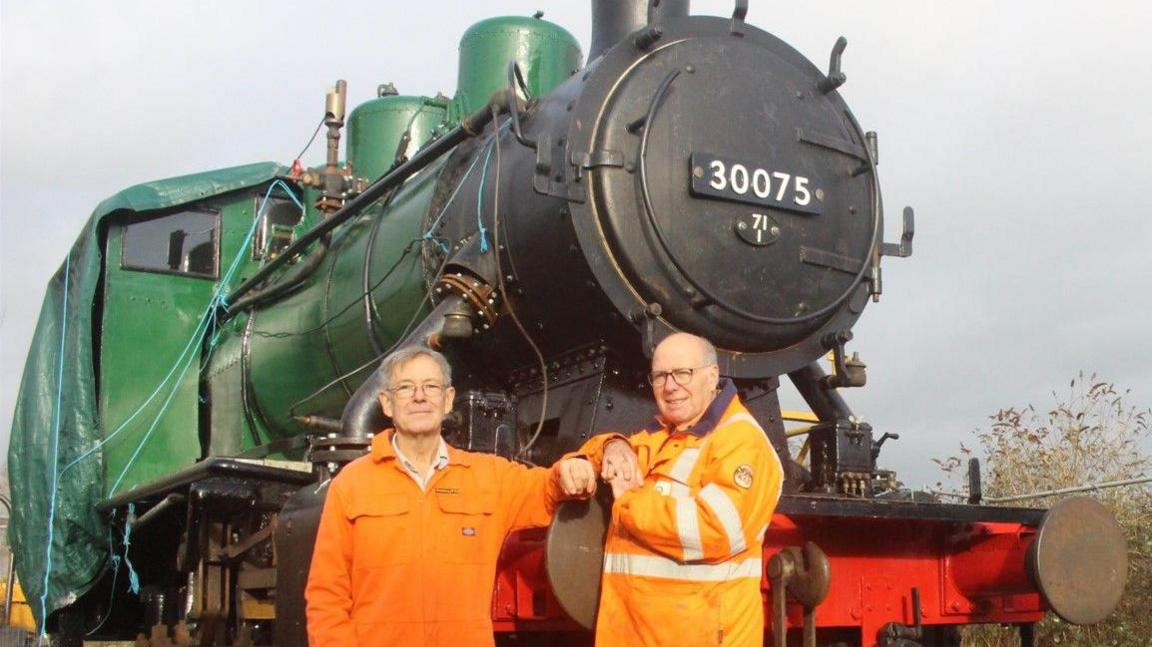
John Rice and Barry Joplin are leading the restoration of two Class 62 locomotives
The track extension team spent three years rebuilding the embankment before track laying could begin and they have just received the go-ahead to start work on the bridge over the road, clearing away soil and waterproofing the brickwork.
Elsewhere on the site, carpenters and engineers are busy restoring a brake van that will be used for the first passenger rides, hopefully in 2026.
"Nearly every heritage railway in the country started off in a small way with brake van rides," said Mr Jacques.
Two Class 62 locomotives from the former Yugoslavia are also being brought back into use by the Project 62 team, led by John Rice and chief engineer Barry Joplin.
Mr Rice, who was previously involved in the rebuilding of Swanage Railway, said loco 30075 was "frustratingly close to being ready" while the other was still a work in progress.
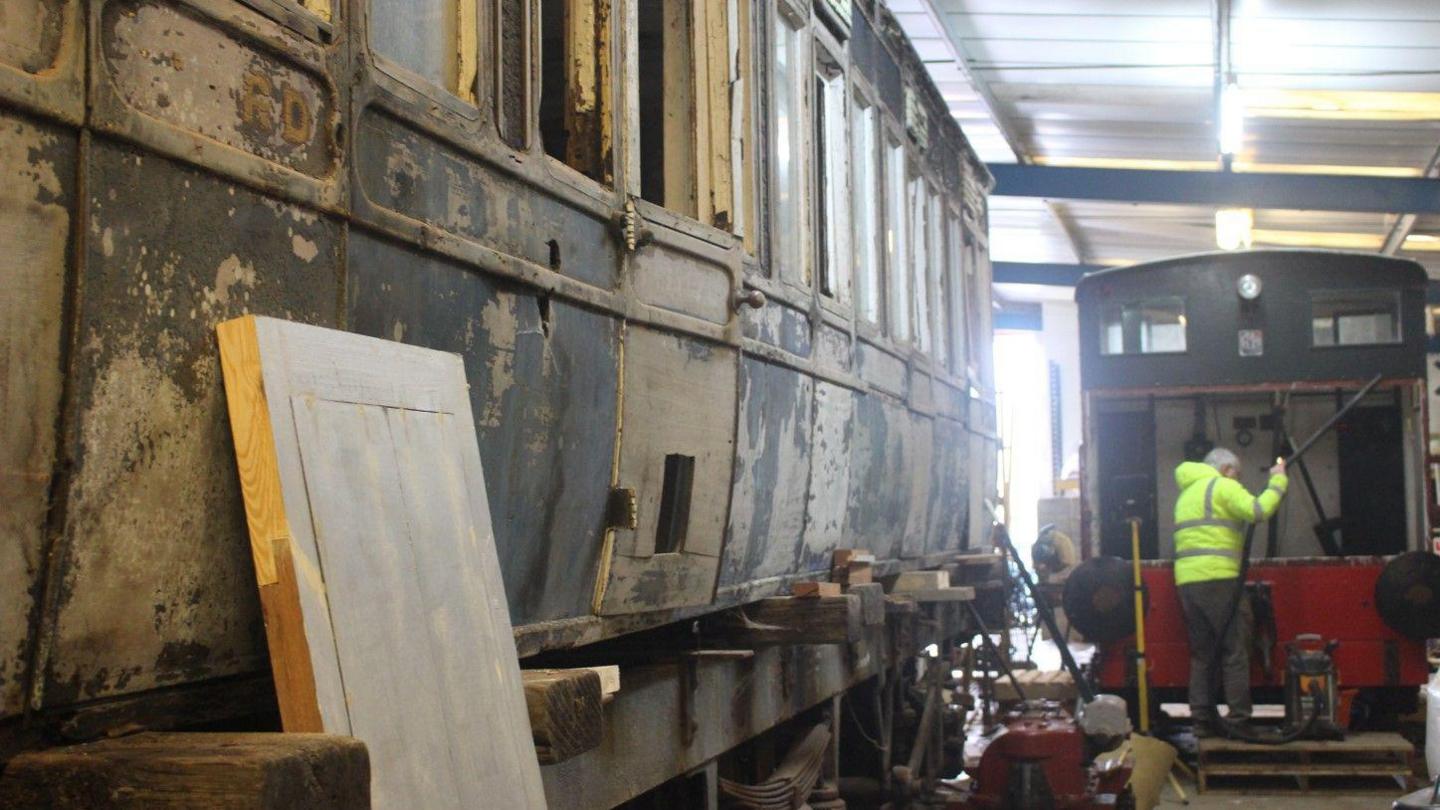
A brake van and two carriages - previously used as homes - are being restored
Railway chairman Gavin Collins likens the operation to a "massive men's shed", although there are plenty of women giving their time too.
"We've got more volunteers now than we had before Covid," he said.
"The key people for us are in the cafe - without the income from the cafe, we wouldn't be able to have the money to spend on the restoration work.
"Our biggest team is the wagoners who do the restoration work on the wagons and coaches.
"There's a lot of work that goes on in the background too with paperwork and planning.
"There's a massive range of different skills."
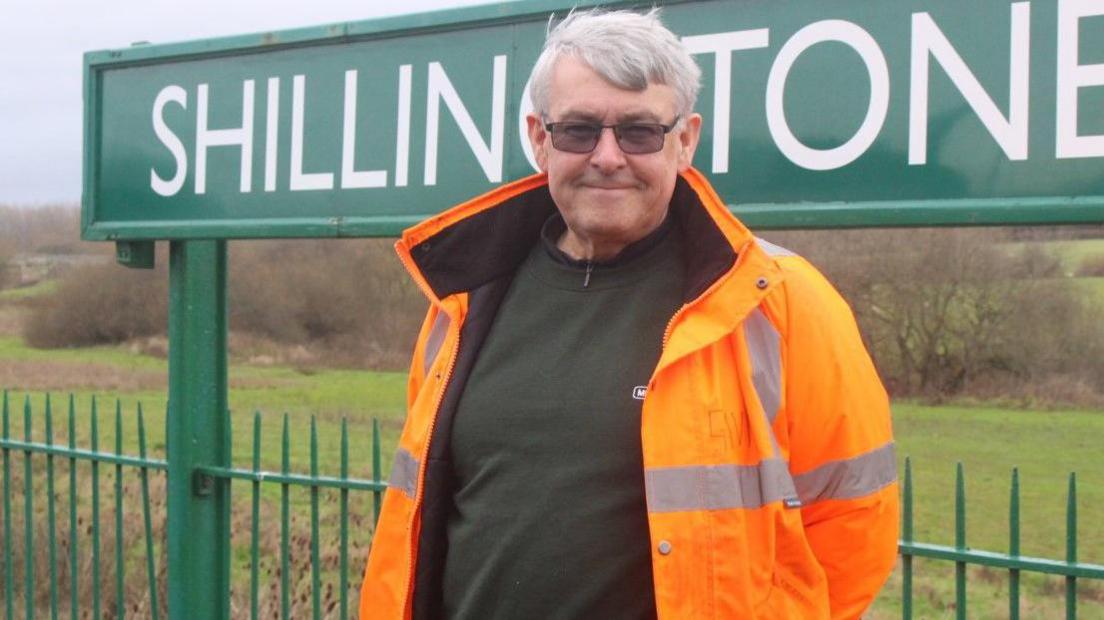
Gavin Collins said volunteers did everything from gardening to producing a magazine
Encouraged by the success of Swanage and other volunteer-run heritage railways, the enthusiastic team is well aware of how small beginnings can lead to great things.
And with the major milestone of becoming an operational railway now in sight, they are already looking ahead to the next step.
"Once we have passenger trains running, our focus will be on how to extend from where we are," said Mr Collins.
"And, to keep the momentum going, we need to start thinking about that now."
Get in touch
Do you have a story BBC Dorset should cover?
You can follow BBC Dorset on Facebook, external, X (Twitter), external, or Instagram, external.
Related topics
- Published28 November 2024
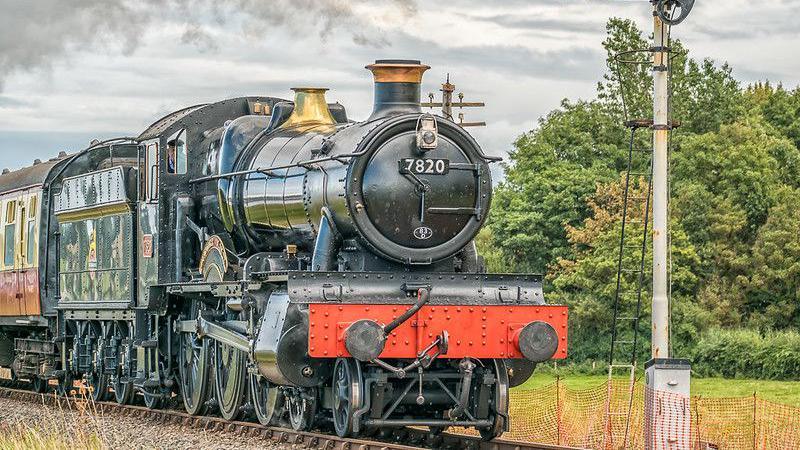
- Published21 August 2024
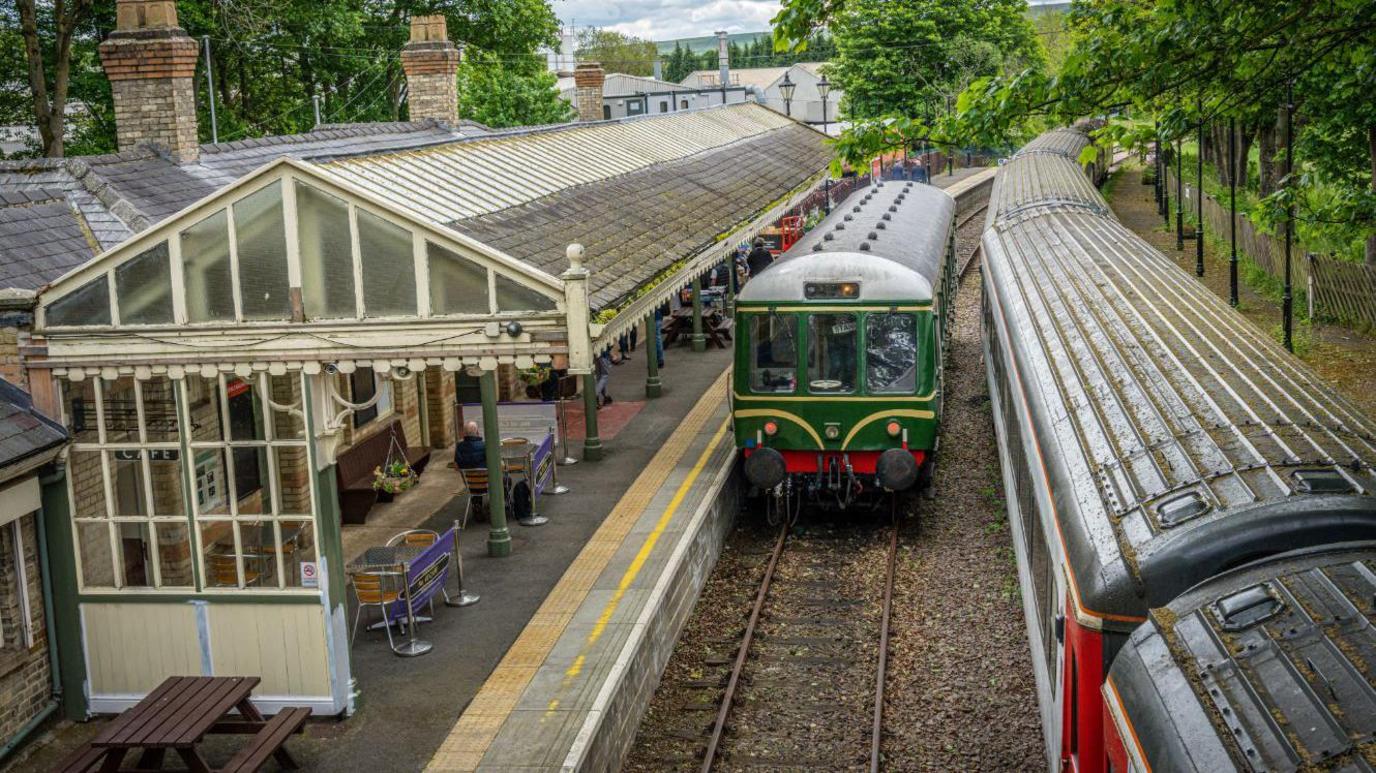
- Published8 April 2016
